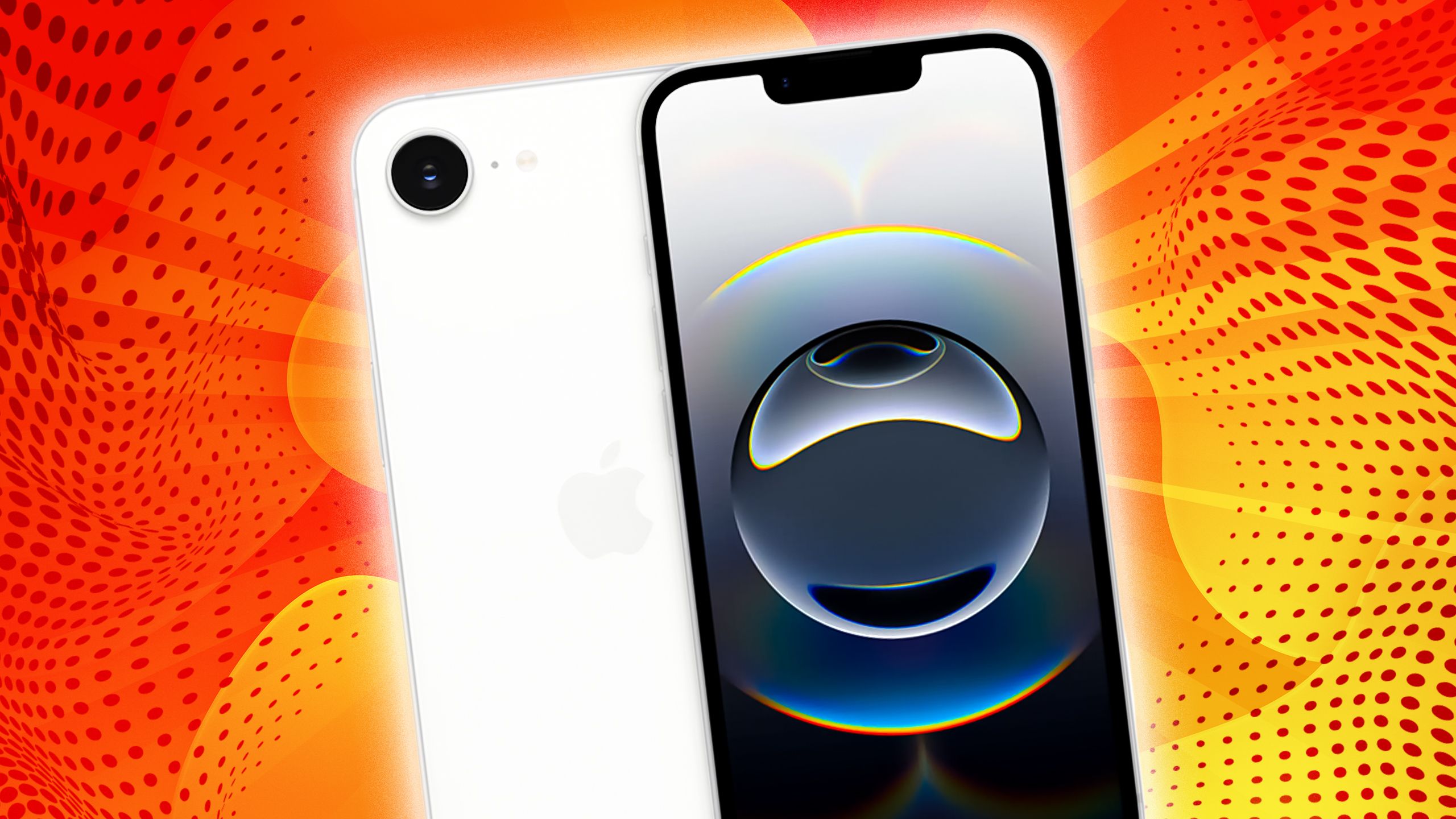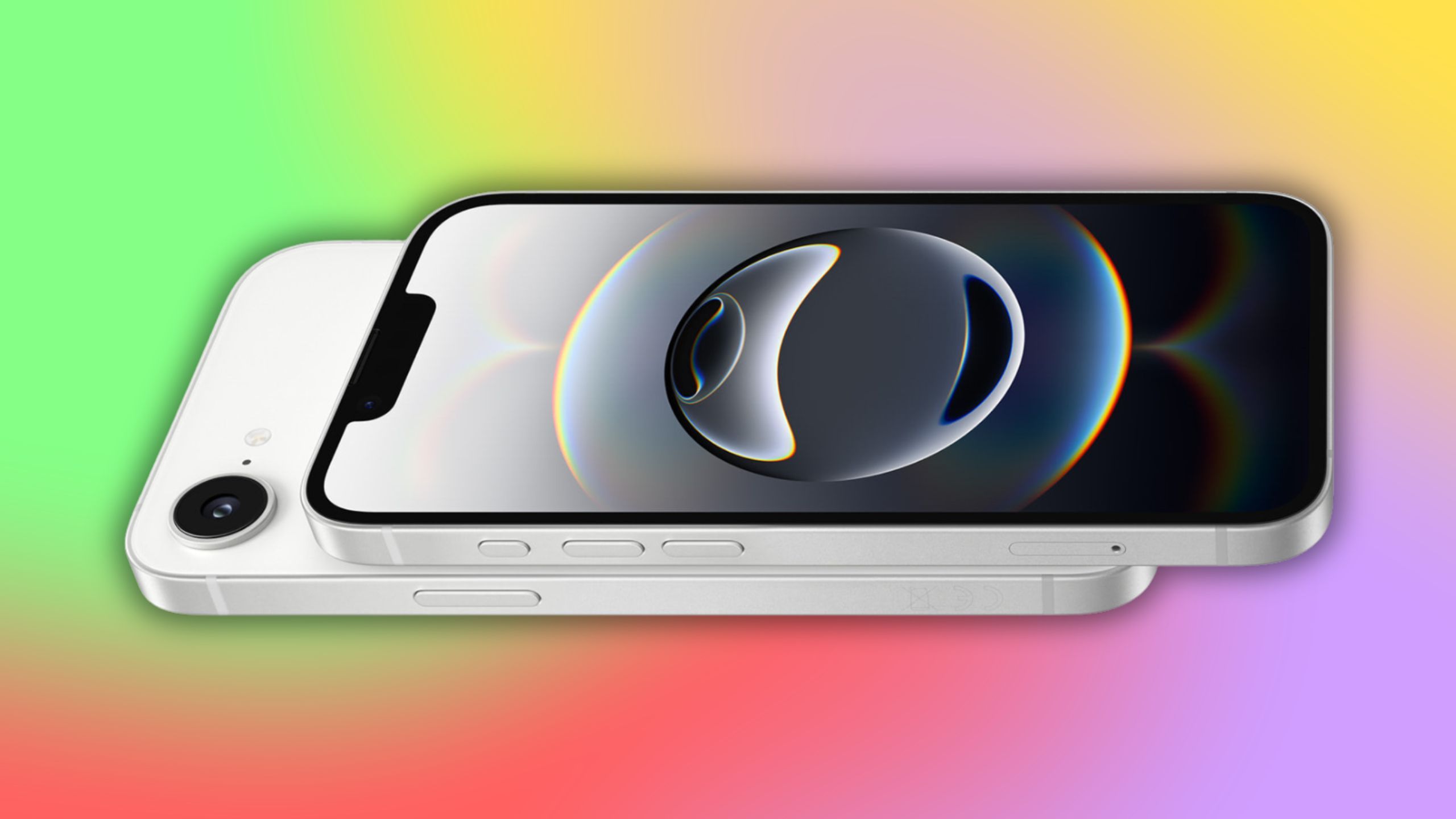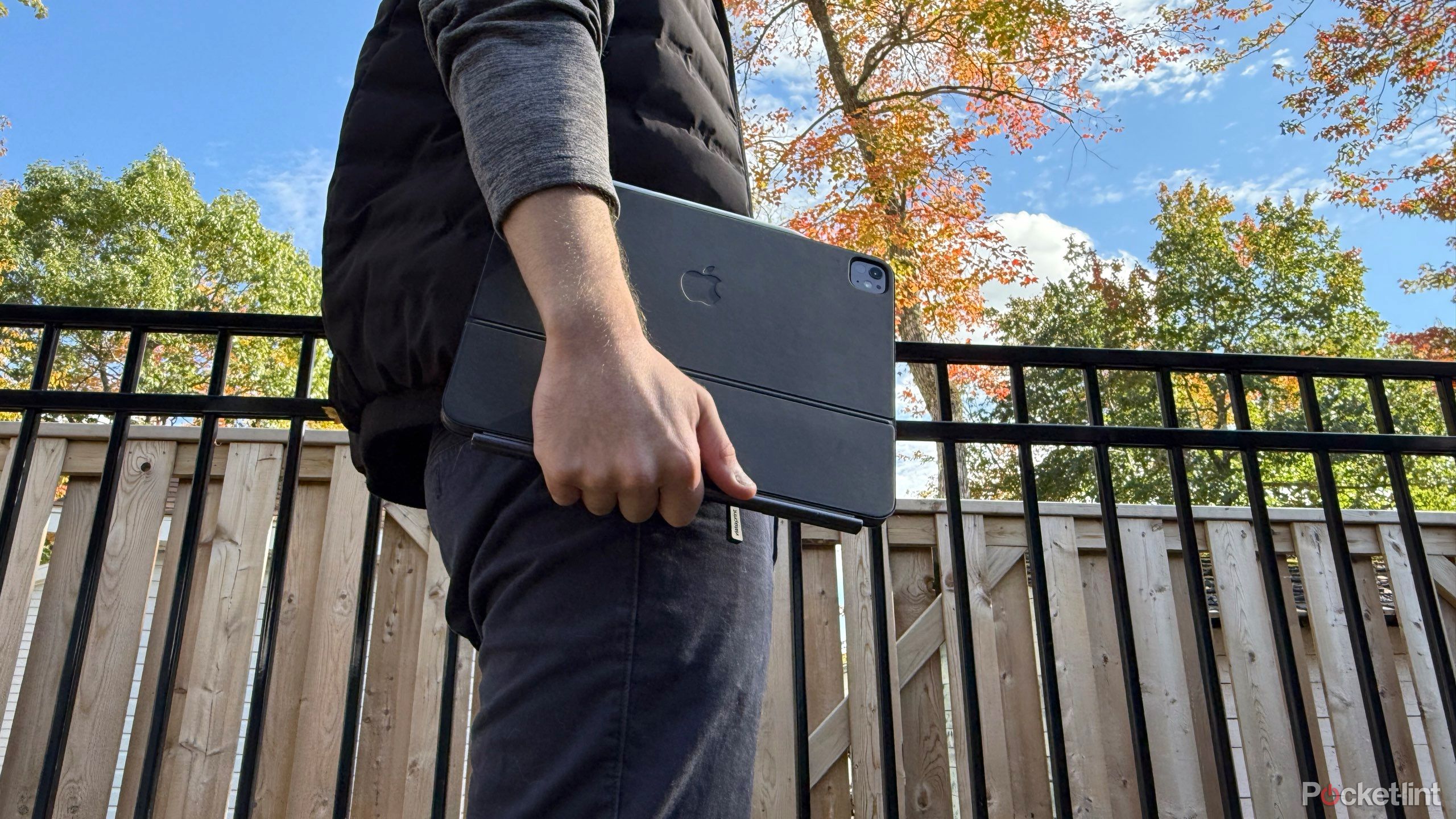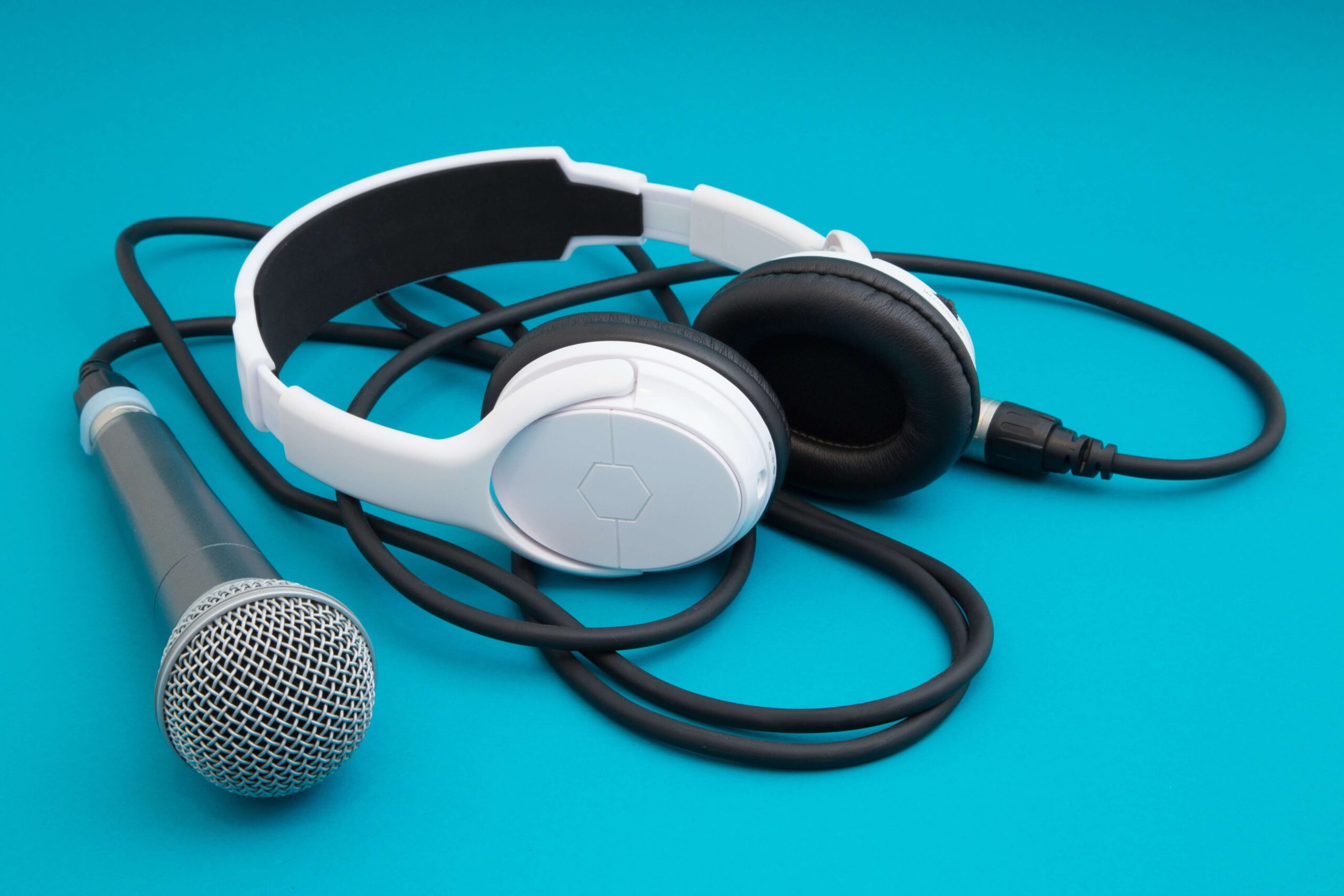Summary
- At $599, the iPhone 16e is now in mid-range territory rather than the SE’s budget realm.
- That makes unfortunate sense in the light of major spec upgrades, and US tariffs on Chinese imports.
- There are still budget products in Apple’s lineup, but some upcoming hardware releases might change that.
When Apple announced the iPhone 16e, there weren’t many surprises. Rumors had already revealed that it would feature Face ID, an OLED display, a custom modem, and a version of the A18 processor found in the regular iPhone 16. It was a little surprising to see such a long battery life and the complete absence of MagSafe, but those are things that could’ve been reasonably predicted.
The craziest thing may be the phone’s price — $599. That’s $170 more than its predecessor, the iPhone SE, flying in the face of rumors that Apple wanted to keep the price under $500. For some shoppers, that may put a new iPhone out of reach, steering them further towards used ones or the many cheaper Android phones available.
Is Apple abandoning the budget market? Arguably, this is the case, but there are a variety of factors that explain the price hike, and I’d wait for some upcoming product launches before making a final judgment.
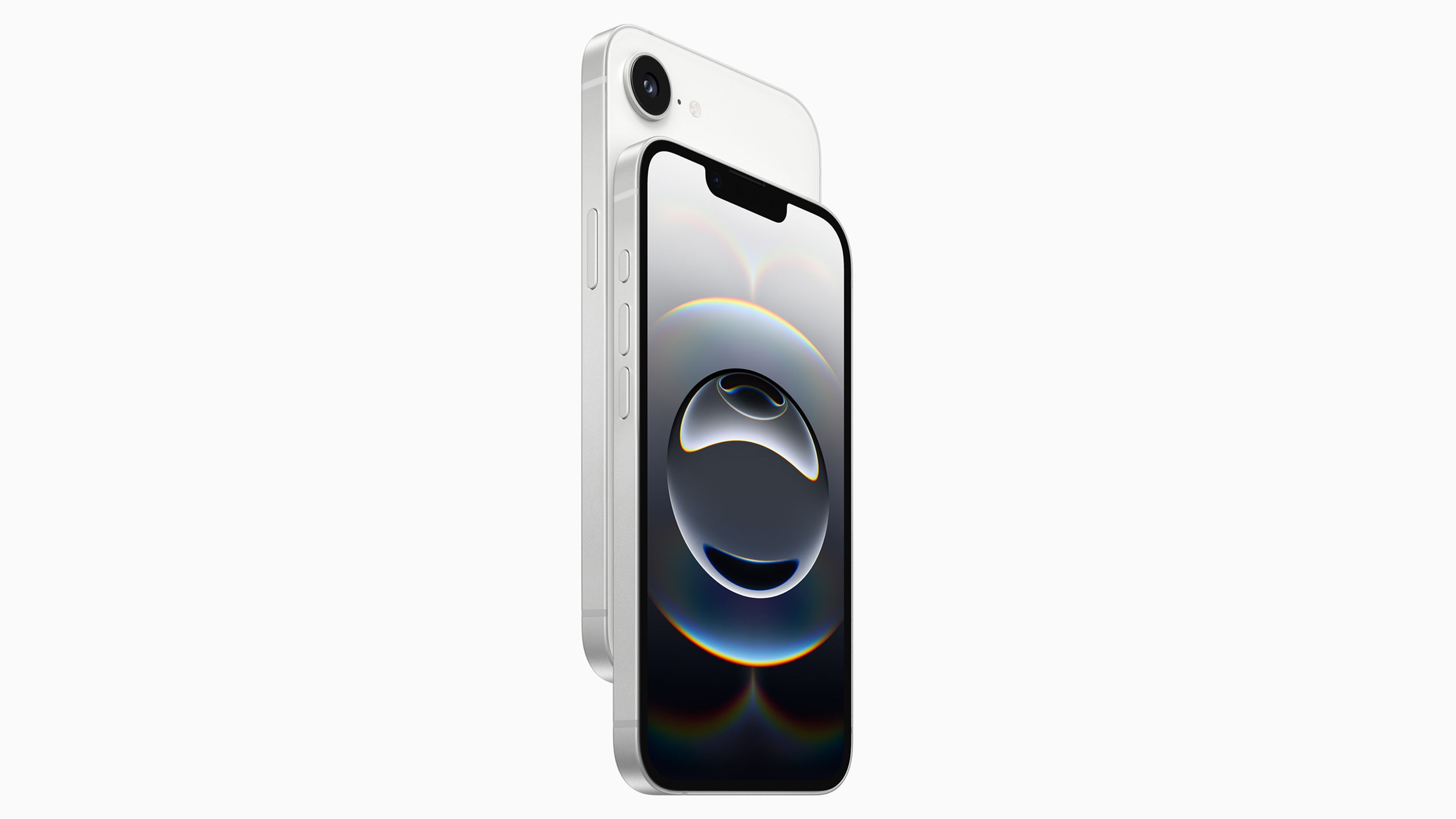
Apple iPhone 16e
Apple’s new iPhone 16e is aimed at users on a budget, sporting many popular iPhone features while being priced much lower than its flagship counterpart, the iPhone 16.
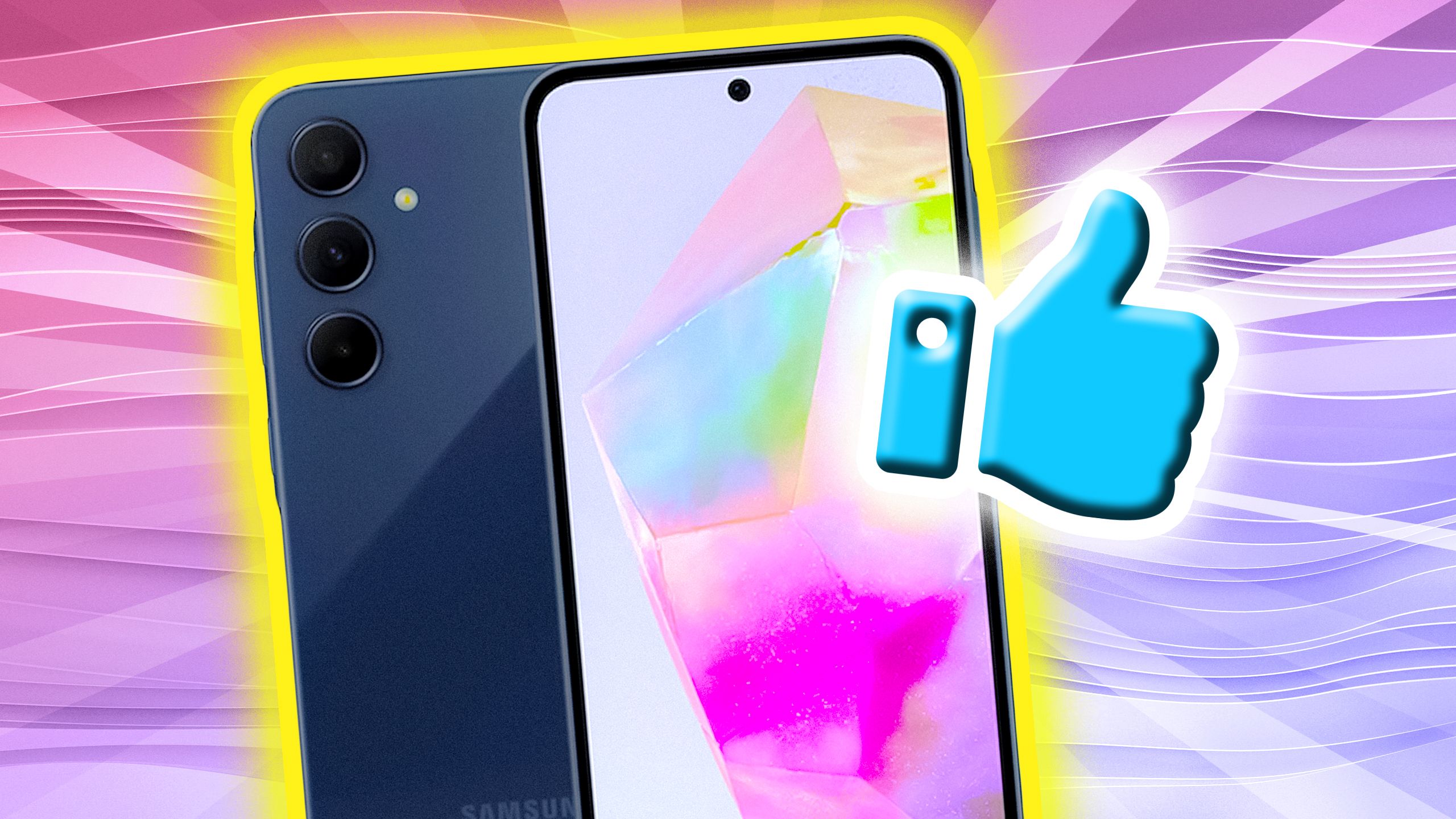
5 reasons budget phones actually rule now
There are increasingly fewer reasons to blow your cash on a top of the line smartphone.
Is $599 still in budget territory?
More affordable may not be affordable enough
Pocket-lint / Apple
While $599 is relatively cheap for an iPhone, in the context of the broader smartphone market, I think many people would say that pushes the 16e firmly into mid-range territory. It’s similar in price to the Samsung Galaxy S24 FE, and costlier than the Google Pixel 8a. If you shop around, you can even get a foldable phone for less — the base version of the 2024 Motorola Razr is $500.
For some, the gap between $429 and $599 could decide whether they’re paying rent.
A counterargument might be that there’s extra value in the Apple ecosystem, such as long-term reliability, but that runs up against the brutal realities of the economy. If you’re a college student and/or working a retail, freelance, or service job, the gap between $429 and $599 could decide whether you’re paying rent this month. Carrier contracts and pay-later services will keep the iPhone 16e within the realm of reason, but its asking price is still a splurge, considering that some Android phones can cost $200 or less before any deals.
Apple may be trying to align the iPhone 16e with its price ladder strategy. It’s still $100 below the iPhone 15, but that’s close enough that people might consider paying to get upgrades like MagSafe, an ultra-wide camera, and the Dynamic Island. We’ll see, I suppose — I wouldn’t be surprised if (new) iPhone 15 sales tank, given that the phone uses a slower processor which can’t handle Apple Intelligence.
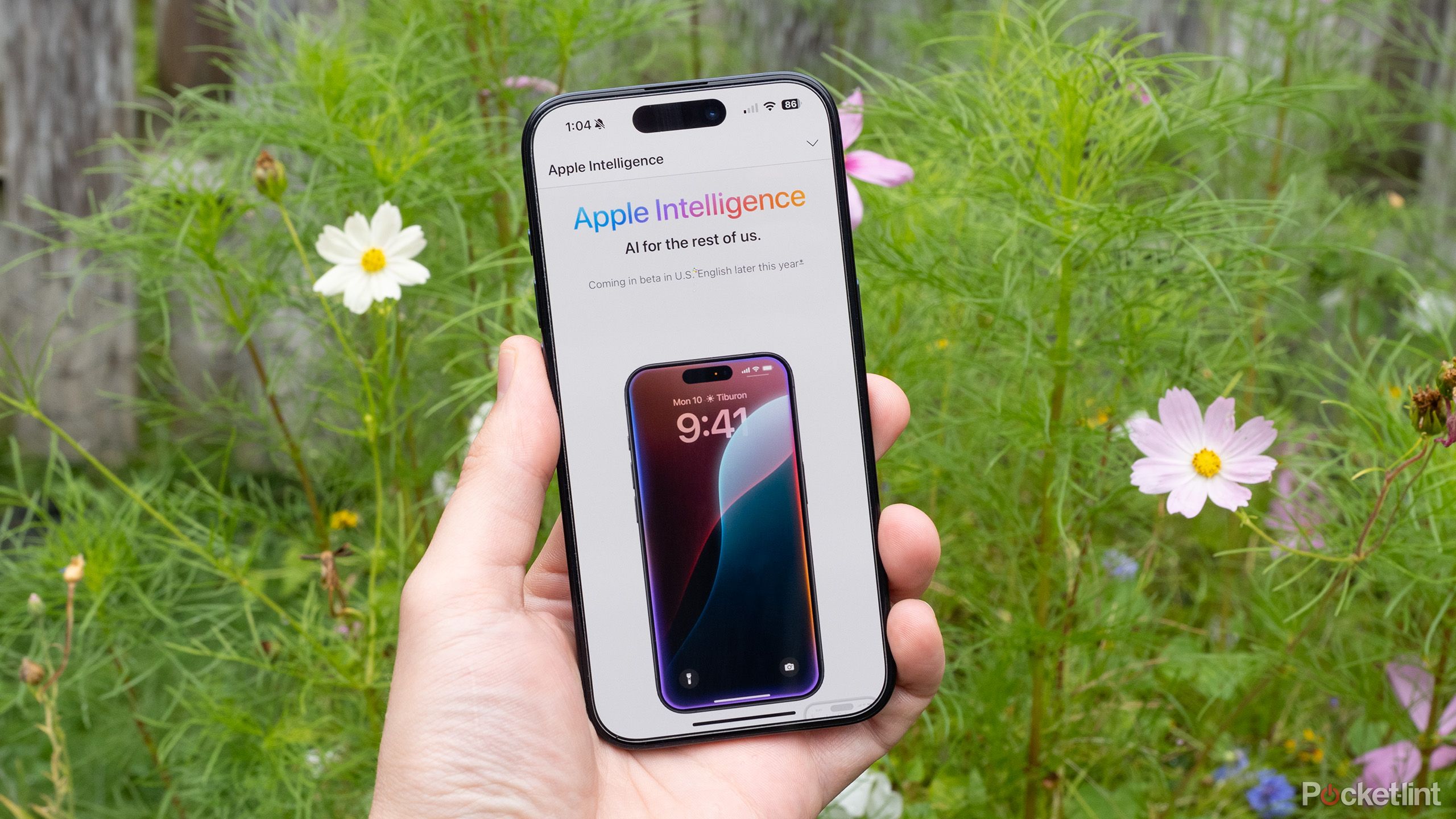
Apple is being overly ambitious with Apple Intelligence, and it knows it
Apple’s goal is worth pursuing, but the company may be a little overeager to get there.
The case in Apple’s defense
Why $599 might’ve been inevitable
Pocket-lint / Apple
I hate to defend a higher price, especially with how tightly Apple grips its profit margins, but $599 does make sense in some regards. From the company’s perspective, there might not have been much choice.
At a minimum, specs have advanced considerably. The 2022 SE was based on 2017’s iPhone 8, which used a 4.7-inch LCD, Touch ID, and less durable materials than any modern iPhone. Simply upgrading to 6.1-inch OLED display, Face ID, and modern glass and frame design was bound to impact margins, particularly since Face ID requires custom camera tech.
It’s impossible to ignore the political situation the iPhone 16e is launching into.
RAM had to be upgraded not just to current standards, but to support Apple Intelligence. 8GB is believed to be the minimum for Apple’s AI, and that’s double the RAM in the 2022 SE. Likewise, base storage has been doubled to 128GB, finally catching up to the rest of the smartphone industry. Apple tends to overcharge for memory upgrades, but more storage does mean higher parts costs.
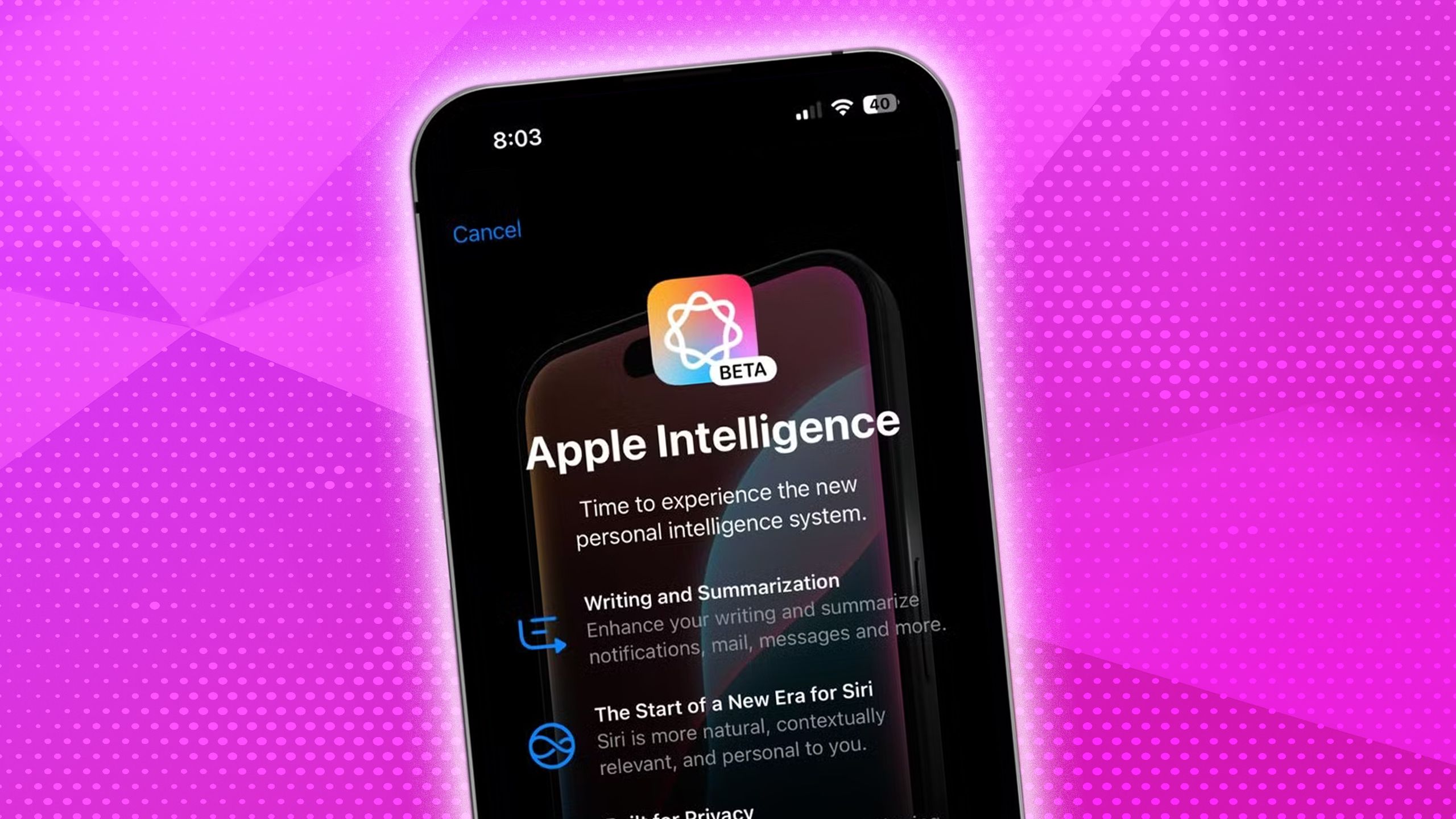
Use this trick to save 7GB of storage on your iPhone
Assuming you’re willing to sacrifice Apple’s latest tentpole feature, that is.
Speaking of which, it’s impossible to ignore the political situation the iPhone 16e is launching into. The Trump administration has imposed a 10% tariff on most Chinese imports, and that’s a problem given that the majority of iPhones are still manufactured there. Apple could hypothetically move more production to India or Vietnam, but that would take time. Shifting production to the US is likely a non-starter given higher wage and labor standards, and the fact that most of Apple’s parts suppliers are based in China as well.
When you add everything up, it’s no wonder that the 16e costs as much as it does. Apple could’ve kept prices down by accepting slimmer margins, but at least $599 isn’t the massive gouge it might initially feel like.
Where the future is taking us
Check the stickers on some 2025 devices
Apple isn’t completely out of the budget arena yet. If you want an iPad, you can get a 10th-gen model for as little as $349, and that’s still more than powerful enough for most users. The HomePod mini remains at $99, and the Apple Watch SE starts at $249.
Upcoming hardware refreshes could be a bellwether.
All of those products are overdue for refreshes, though, which could be a bellwether. I wouldn’t be surprised to see the 11th-gen iPad top the $400 mark, and the next Apple Watch SE approach or top $300 — assuming Apple keeps the SE around at all. I suspect the company will do all it can to hold Apple Watches and the next HomePod mini close to current prices, given competitors like Amazfit and Amazon — but tariffs and parts costs are bound to make a dent, and Apple is well aware that many of its fans are willing to pay a premium.
Keep an eye on those updates. If there are any radical shifts — say, putting the 11th-gen iPad at $499 or the second-generation HomePod mini at $149 — that’s when I think it’ll be safe to say that Apple is leaving the budget world behind, at least for a while.

4 reasons why I prefer CarPlay over Android Auto
Advantages outside of the car don’t necessarily help here.


